1. Birthday Spankings
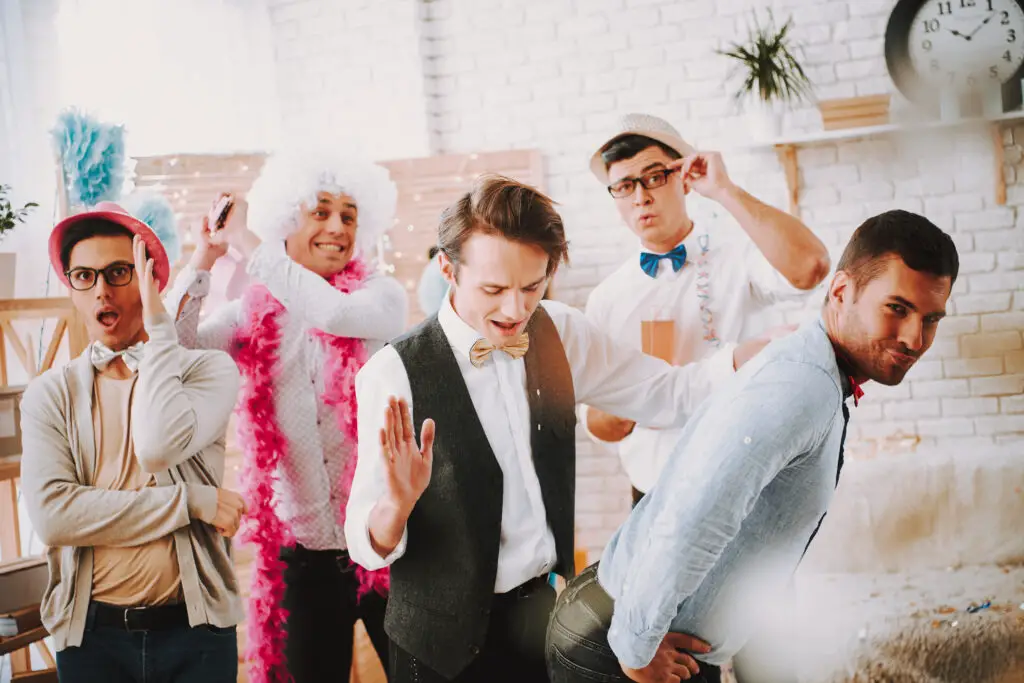
It sounds like something out of a comedy sketch now, but back in the ’60s, getting spanked on your birthday was just part of the fun. One for each year you were turning—plus a “pinch to grow an inch.” It was usually a lighthearted tradition done by friends or siblings, but still, today’s kids would probably be mortified. Most adults now wouldn’t dream of lining up to give their friend a swat on the behind, even in jest shares Slate.
Back then, it was considered just another quirky way to show you cared. Nobody thought twice about it—it was just what you did. Today, we’d call it awkward at best and totally inappropriate at worst. But in a world without social media or viral TikToks, these goofy physical gestures were the real entertainment adds Dallas News.
2. Bringing Cupcakes to School
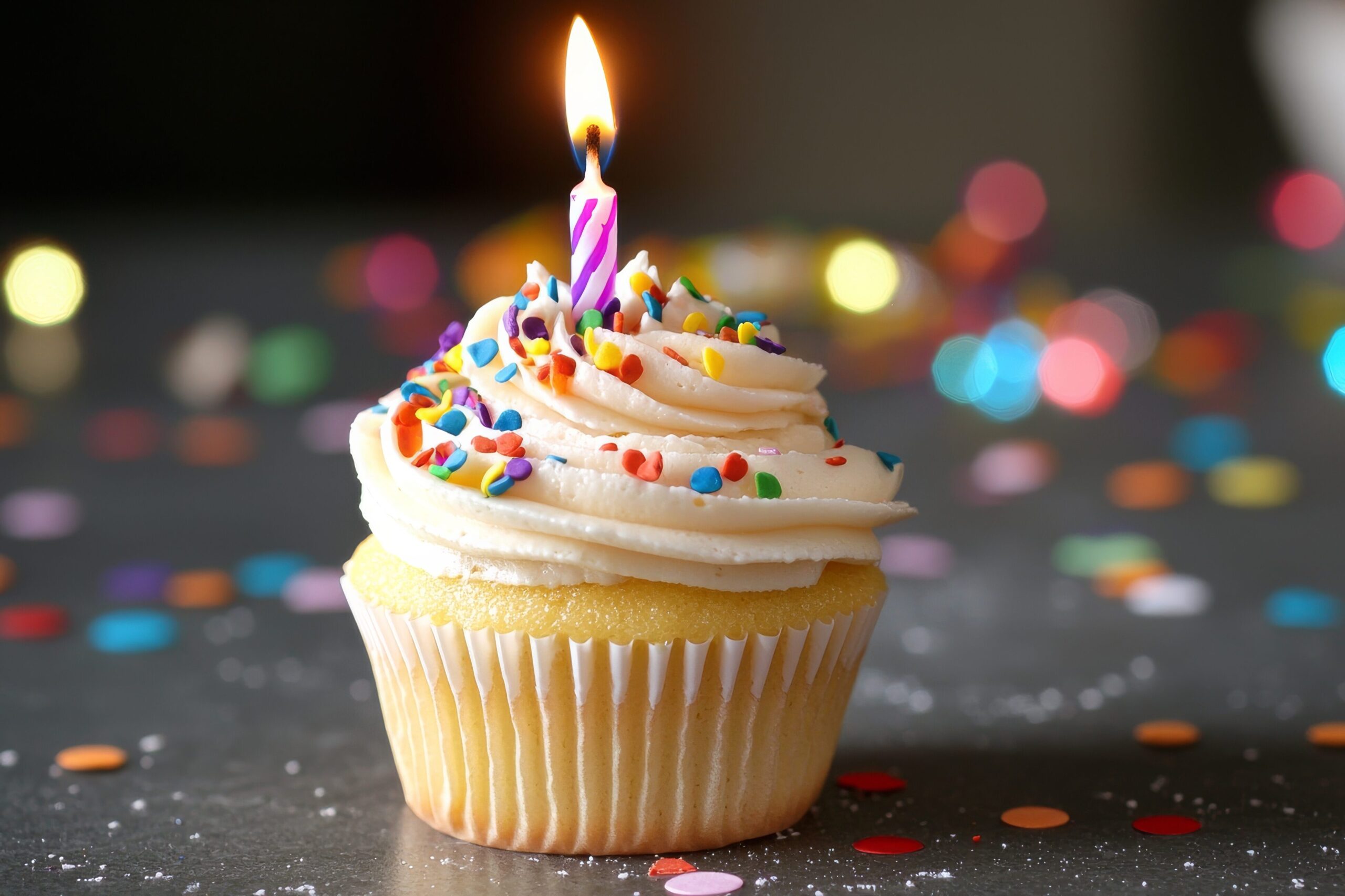
If your birthday landed on a school day, your mom probably packed up a tray of homemade cupcakes and sent you off like a delivery person. There were no “store-bought only” rules or allergy charts on the classroom door. It was a little moment of glory—being the kid who got to hand out treats and soak in the attention says TODAY.
Nowadays, this is a logistical and liability nightmare. Most schools have strict food guidelines and birthday treats are often discouraged altogether. But back in the ’60s, it was a sweet little tradition that made you feel special, and nobody cared how much frosting was smeared on desks afterward. Plus, the homemade touch made it feel extra personal shares YourTango.
3. Party Dresses and Clip-On Ties
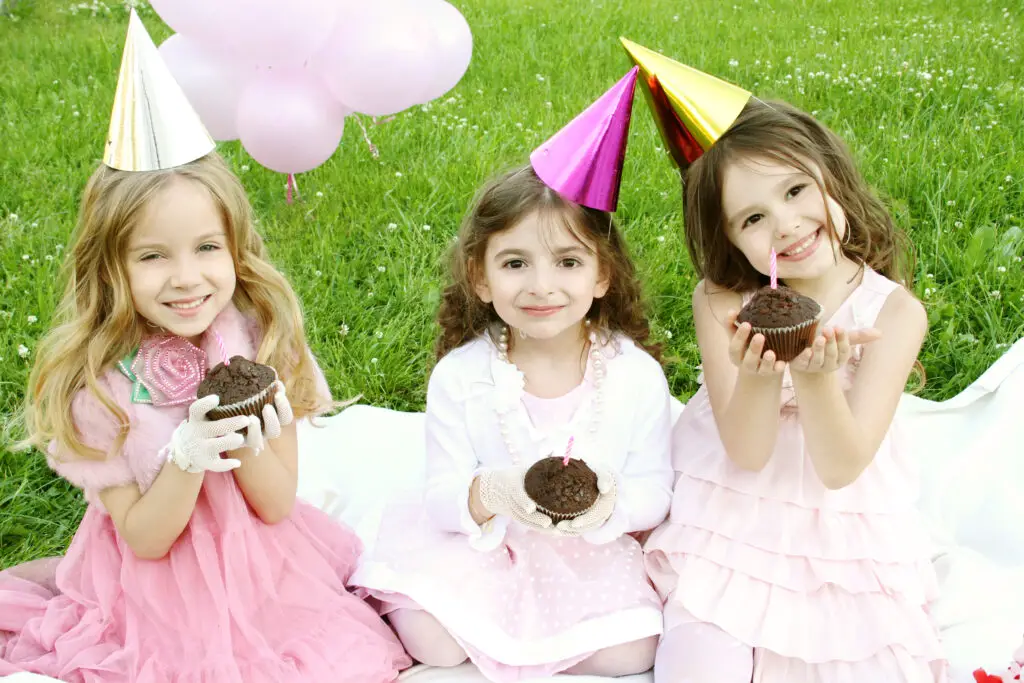
You didn’t just show up to your party in jeans or play clothes—you dressed for it. Girls wore frilly dresses with puffed sleeves and shiny Mary Janes, and boys had clip-on ties or mini suits that looked wildly uncomfortable. It wasn’t a wedding, but it might as well have been.
Parents would snap photos of the birthday kid blowing out candles in what looked like Sunday best. It added a formal touch that’s totally missing from today’s more laid-back celebrations. Now, comfort reigns supreme—leggings, sneakers, even pajamas for slumber parties. But in the ’60s, birthdays were fancy business.
4. Ice Cream Cakes from Carvel

Before the days of Pinterest-perfect custom cakes, Carvel ice cream cakes were the holy grail of birthday desserts. With layers of chocolate and vanilla and that famous crunchy cookie middle, it was a showstopper. If your parents rolled out one of those, you knew it was a special day.
The cake came in a rectangular box, and everyone at the party would shout when it hit the table. Today’s cake options are more over-the-top—think unicorns, edible glitter, and fondant sculptures. But in the ’60s, Carvel was the gold standard, and that freezer-burned frosting somehow made it taste even better.
5. Sitting Around the Record Player
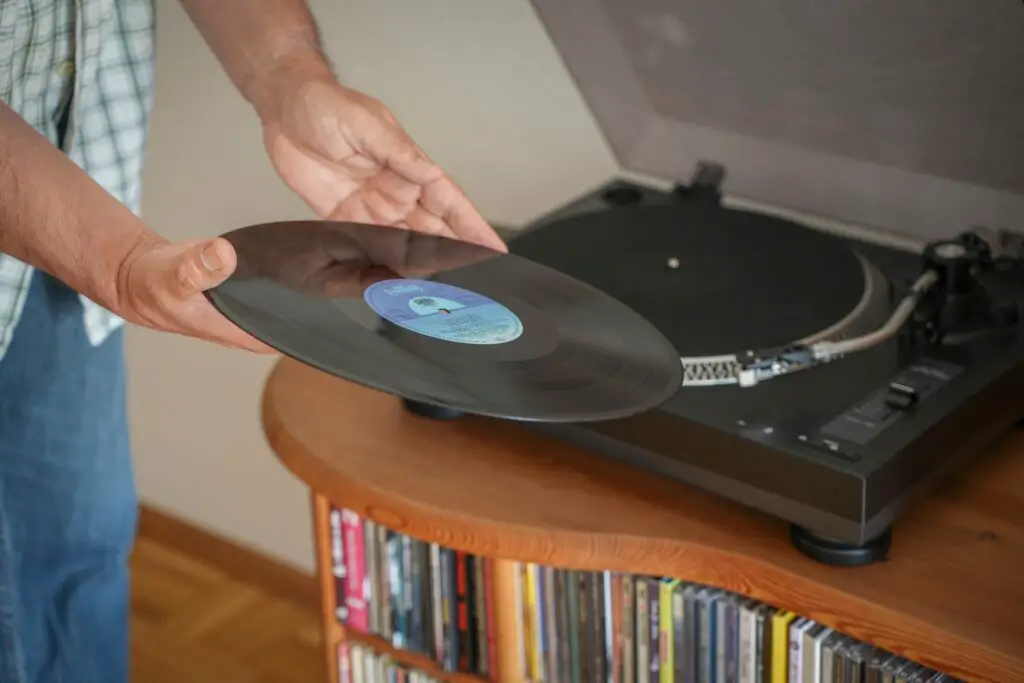
Instead of DJs or Bluetooth speakers, the soundtrack to your party came from a record player in the corner. Kids would gather around, stacking 45s with songs from The Beatles, Chubby Checker, or Lesley Gore. There was something kind of magical about hearing that little click before the needle dropped.
Music wasn’t just background noise—it was an activity. Guests would take turns choosing songs or even dance the Twist in the living room. It made the party feel more interactive and personal. Today, music is everywhere, but back then, the record player was the life of the party.
6. Clown Entertainment—At Home
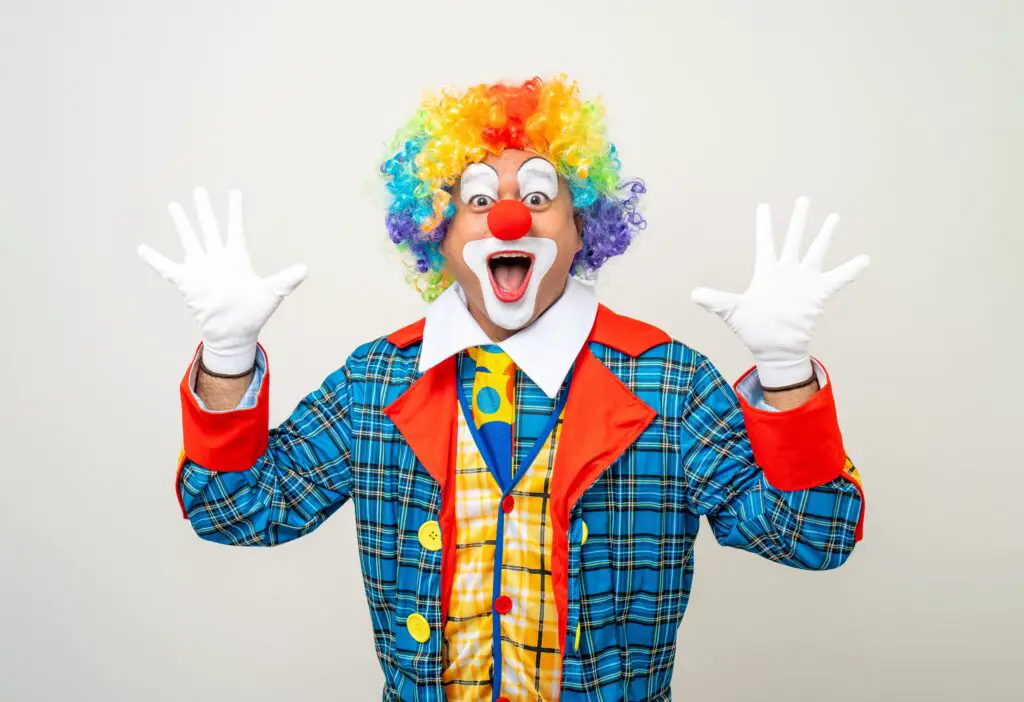
Hiring a clown to come to your house was a big deal in the ’60s. These weren’t mega-produced party performers—they were often local characters with face paint, a squeaky horn, and a few balloon tricks up their sleeve. Some were great, others a little terrifying, but either way, it was memorable.
The idea of inviting a stranger in clown makeup into your living room might sound like a horror plot today. But back then, it was the highlight of the day. Kids would laugh (or scream) as the clown did silly magic tricks or honked a horn. It was low-tech fun that felt like a big spectacle.
7. Singing “Happy Birthday” Off-Key
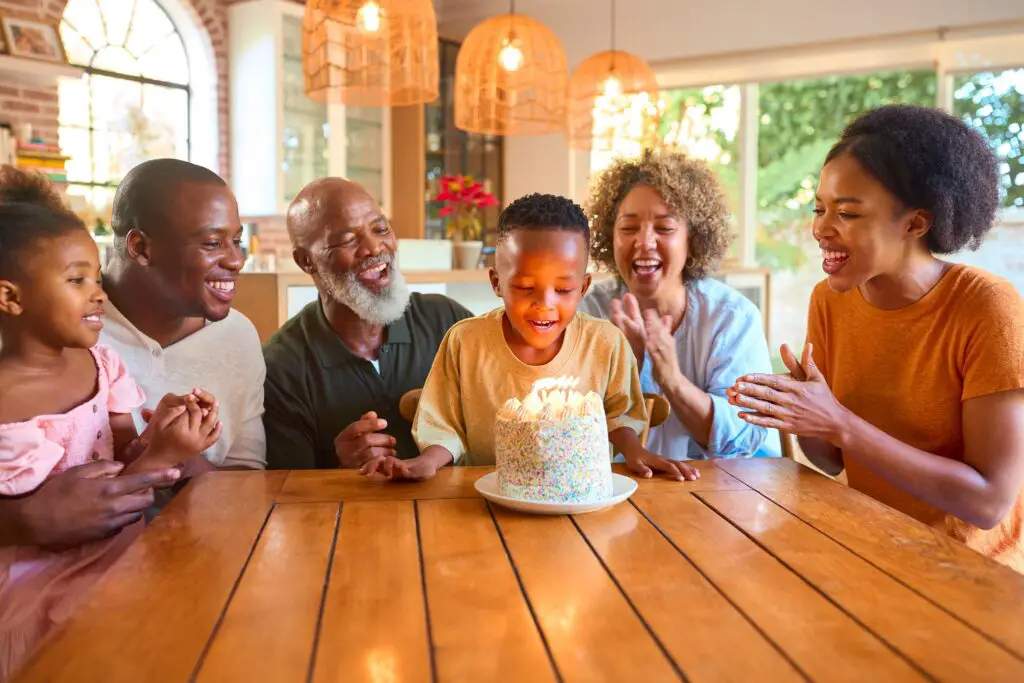
There was no YouTube karaoke track or auto-tune app—just a bunch of off-key voices shouting the words with gusto. Some people clapped between lines, others forgot the lyrics halfway through, and nobody minded one bit. It was chaotic and loud and totally authentic.
Today, some birthday songs are stylized, or even skipped in favor of quick candle photos. But in the ’60s, singing “Happy Birthday” was a group effort and a rite of passage. It wasn’t about sounding good—it was about making noise and having fun. That unpolished charm made it perfect.
8. Handmade Decorations and Streamers
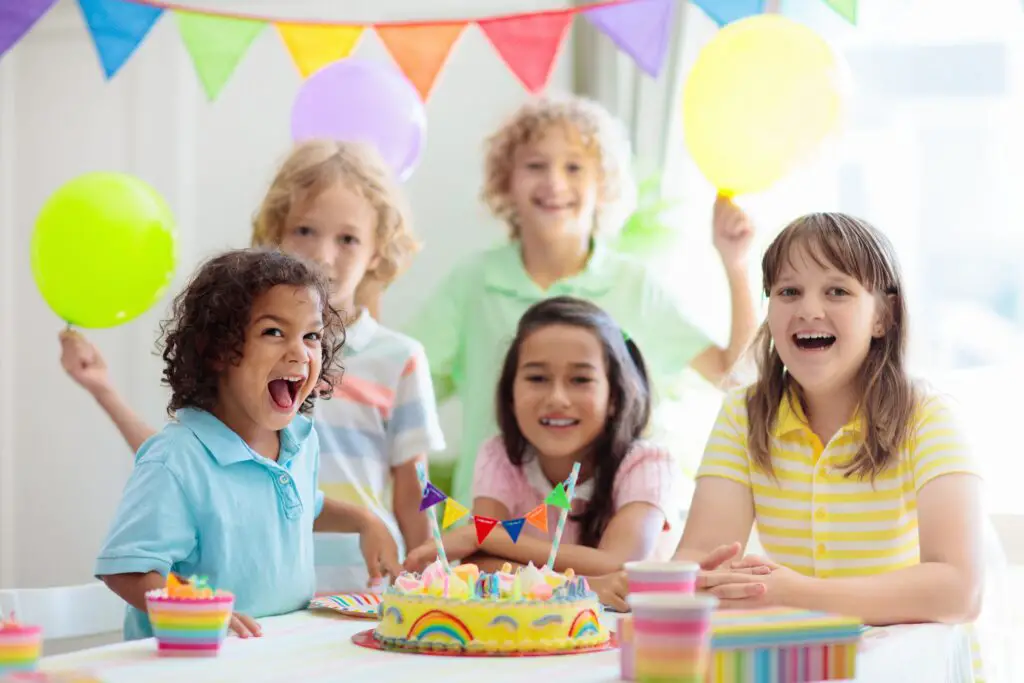
Forget themed party packs or Amazon balloon arches—decorations were homemade. Think crepe paper streamers, cardboard signs with bubble letters, and maybe a few paper hats. Parents and siblings would spend the night before taping things to the walls and blowing up balloons by hand.
It wasn’t fancy, but it had heart. Every crooked banner or mismatched color made it feel more like your day. Today’s parties might look better on Instagram, but those DIY setups from the ’60s were full of love and effort. The charm came from how homemade everything looked.
9. Opening Gifts in Front of Everyone

Gift-opening wasn’t saved for after the guests left—it was a main event. The birthday kid would sit in a chair, usually a little embarrassed, while everyone crowded around to watch. Each gift was opened, admired, and sometimes passed around for others to see.
This would feel a little awkward by today’s standards. But in the ’60s, it was part of the ritual. It gave every gift its moment in the spotlight and made the giver feel appreciated. Nowadays, many people skip this part altogether to avoid putting anyone on the spot.
10. Passing the Parcel

This classic party game was a go-to in the ’60s. A small gift was wrapped in multiple layers of newspaper or wrapping paper, and kids would pass it around while music played. When the music stopped, whoever held it got to peel off one layer. The kid who got the last layer won the prize inside.
It was suspenseful and silly, and nobody really cared if they won. Today’s party games are more digital, or skipped entirely in favor of free play or bounce houses. But there was something sweet about sitting in a circle, giggling and hoping the music would stop on you. It was simple fun that required zero screens.
11. Candles That Wouldn’t Blow Out

These trick candles were both hilarious and wildly frustrating. You’d blow and blow, only for the flame to pop back up like magic. Everyone would be laughing while the birthday kid turned red-faced trying to put them out. It felt like a practical joke wrapped in celebration.
Today, many people avoid candles altogether, opting for pre-sliced cake or desserts without open flames. But in the ’60s, blowing out the candles was a whole performance. And if you got tricked with those relighting ones, it made for a great story to tell at school the next day.
12. Matching Party Favors for Every Guest
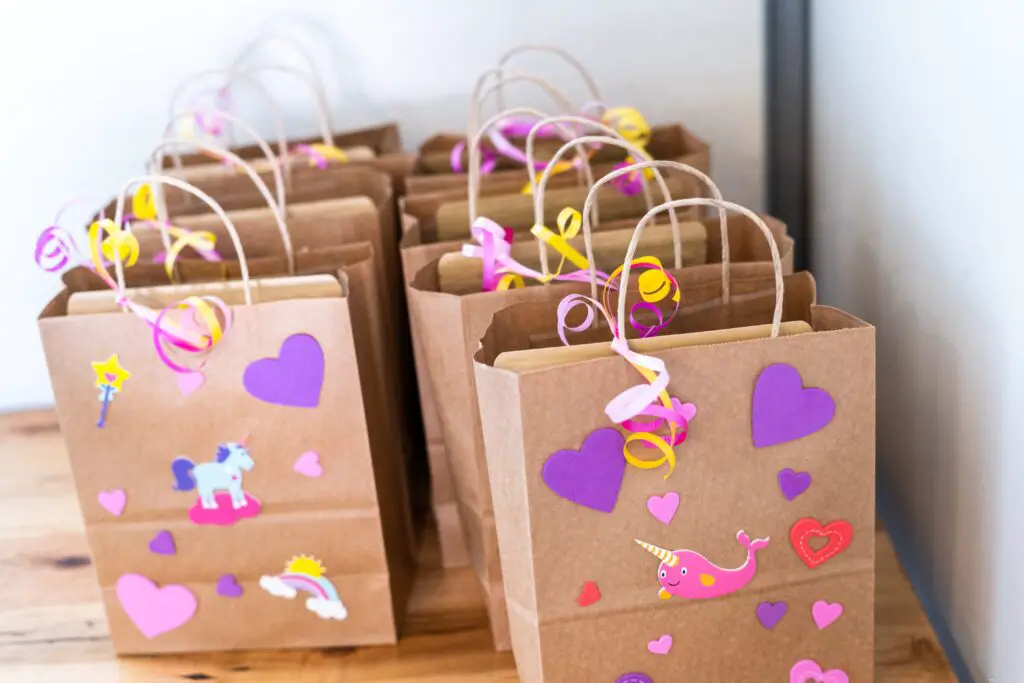
Guests never left empty-handed. Whether it was a little bag of hard candies, a mini toy, or a tiny box of crayons, everyone got something. These favors were usually homemade or bought at the local five-and-dime, and they were handed out with pride.
Now, party favors can feel like a Pinterest competition. But in the ’60s, it was more about the gesture than the goods. A tiny yo-yo or a pack of stickers felt like a treasure. It was a way to say thank you that didn’t require glitter, themes, or assembly instructions.
13. Saying Thank You in Person
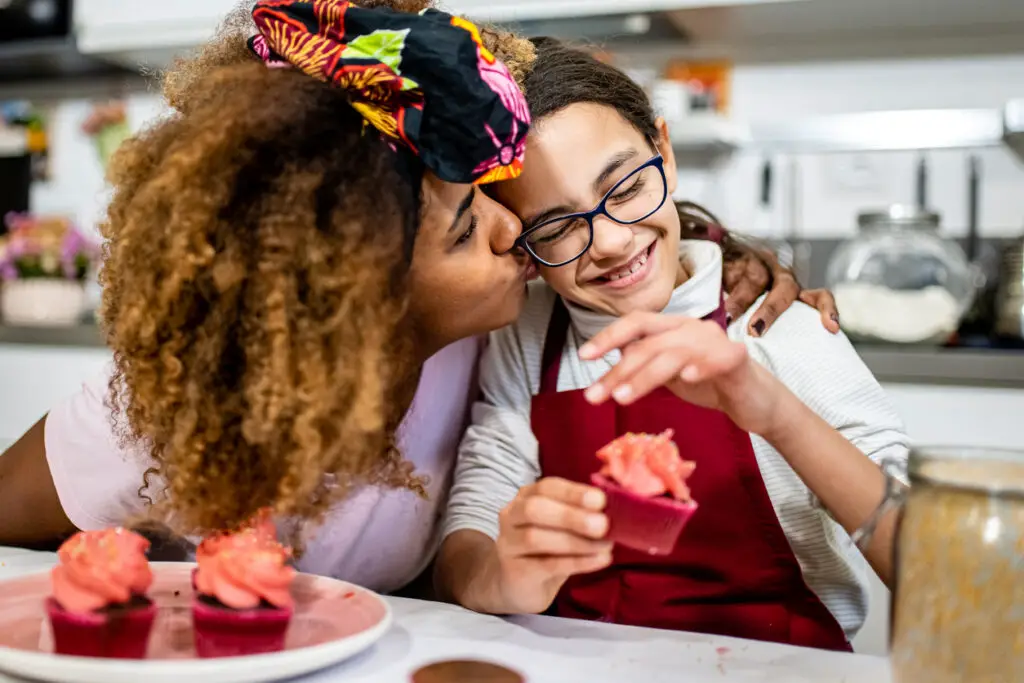
After the cake and presents, kids were expected to walk around and thank each guest personally. There were no text messages or thank-you cards mailed a week later. You looked people in the eye, said thank you, and maybe gave a hug or handshake, depending on your age.
It was a small but meaningful tradition that taught appreciation. Now, some of that sentiment is lost in the shuffle of digital communication. But in the ’60s, it was important to acknowledge every person who came. Even if you were too young to write a note, you still learned how to be gracious.
